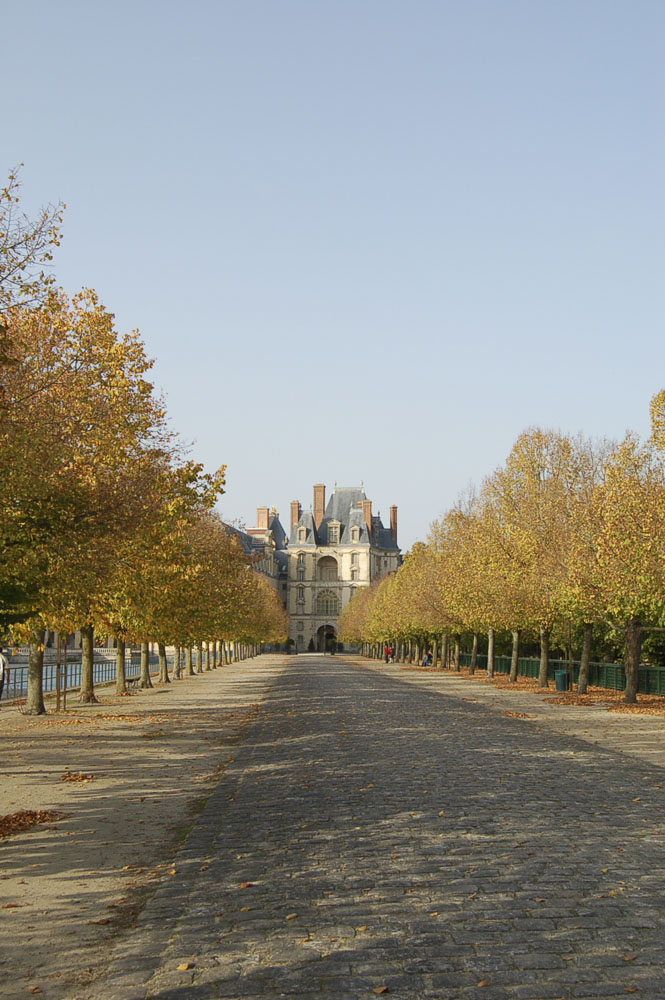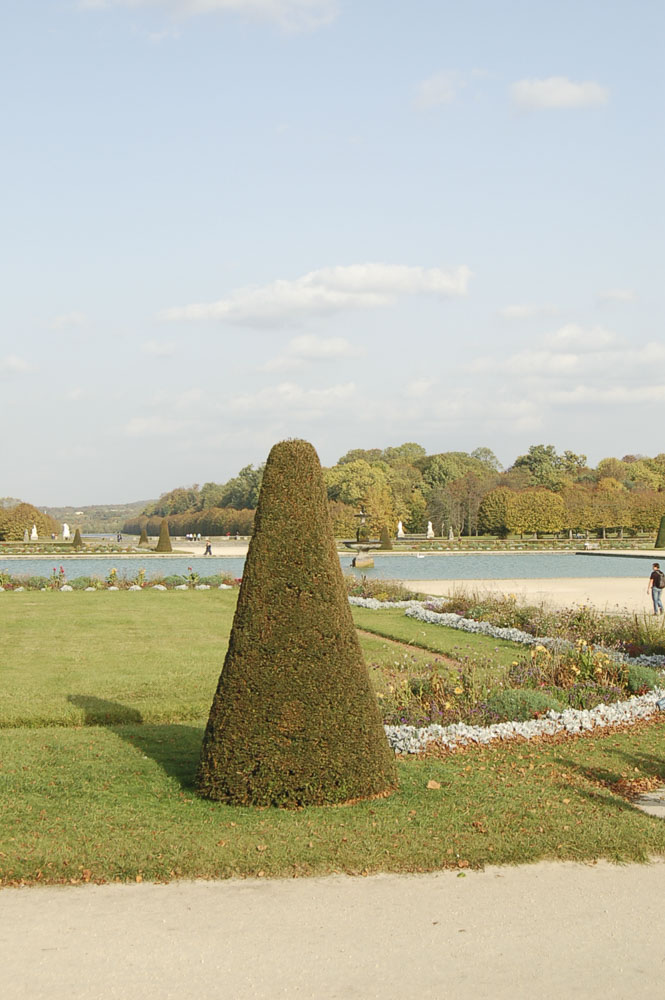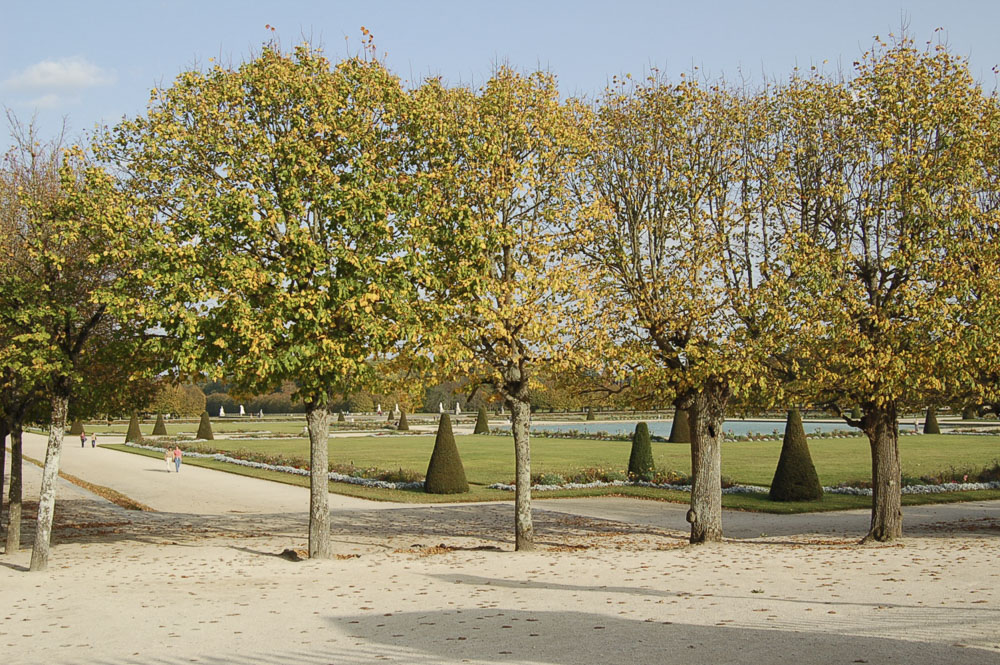Images – Copyright Informationfrance.
Fontainebleau, in the heart of the Seine et Marne, is an imposing and elegant structure which expanded over the decades with the additions of various French sovereigns. Set in the midst of a vast forest of some seventeen thousand hectares, a fortified castle existed on this site as far back as the 12th century but now only the Keep in the Oval Courtyard remains from this early period. The varied styles of architecture are indicative of the ongoing development of the palace from the 16th to the 19th century. The grounds are superb with different features ranging from the 1200 meter long canal and basin of waterfalls of Louis XIV to the Grand Parterre of Le Vau and Le Notre, Diana’s garden, the English garden and the beautiful carp pond, scene of fireworks and water tournaments with its elegant Pavilion, built in 1622 by Le Vau and where suppers were held for crowned heads including in 1717, the Czar, Peter the Great. A good way to view the grounds in style is by calêche.
Book a Hotel in Fontainebleau
The Palace 1
The Palace extends across four courtyards, running from west to east and covering over three hectares in all, which gives some idea of the overall scale of this monumental work of art. The most imposing of these is the White Horse Courtyard, forming the main entrance and once the site of a convent which was incorporated into the royal Palace by Francois I. The first horseshoe staircase built during the reign of Henri 11 was replaced in the 17th century and it was here that Napoleon bid farewell before leaving for Elba in 1814. The courtyard is named after a plaster horse, inspired by a statue of Marcus Aurelius in Rome, erected in the period of Catherine de Medici, but which disappeared around 1626.
The Palace 2
The most spectacular construction and renovation works took place in the Renaissance under Francois I who regularly went to hunt at Fontainebleau , always saying that he was “going home”. At this time the palace was a major centre of art. The Francois I Gallery connects the state apartments to the Chapel. Rosso, an Italian follower of Michelangelo, was commissioned to decorate the six metres long and 6 metres wide gallery. In one panel, an elephant, an image of power extending over the earth, decorated with the fleur de lys, represents Francois 1 whilst the salamander, his emblem and mascot, appears on the sculpted and gilded walnut wainscotting together with the letter ‘F’.
Palace Rooms
The palace has an impressive array of sumptuous rooms, beautifully decorated with rich furnishings and superb works of art. These include the Ballroom, 30 metres long and 10 metres wide with 10 large bay windows opening onto the Oval courtyard, the Deer Gallery, the Throne room with furnishings from Napoleon 1 and the Empress’s bedroom decorated for Josephine, the Tapestry Salon and Francois 1 Salon. Diana’s Gallery is an elegant arched room of 80 meters in length, housing a library created by Napoleon 111 in 1851, of nearly 16,000 of Napoleon 1’s books. Less sumptuous but no less intriguing is the passage where Napoleon’s bath was installed in 1806 and which replaced the ‘privy’ of Louis XVI. The Emperor liked to take a bath, if he was working at night, at daybreak and would then retire at five o’ clock to sleep until seven in the morning. Fontainebleu affords many fascinating glimpses into the tastes and past lives of the various sovereigns who inhabited it over the centuries. It was of Fontainebleu that Napoleon wrote during his exile ‘Here was a true home of kings, the house of the centuries’.
Copyright text : Sarah Francis









































